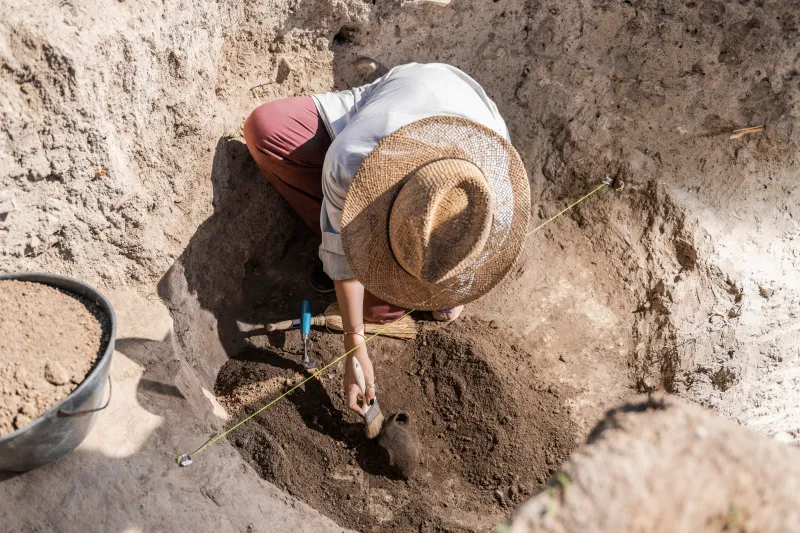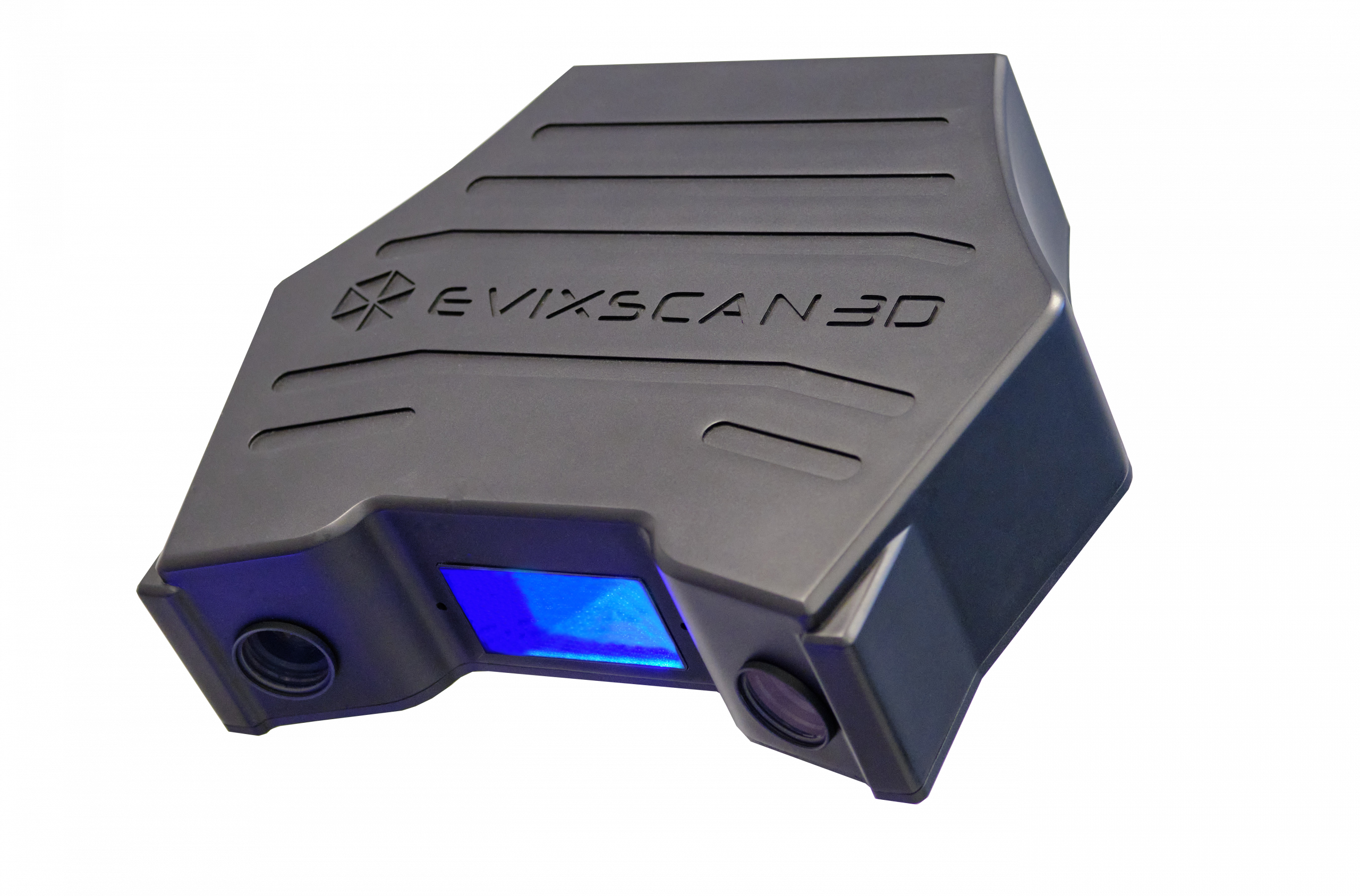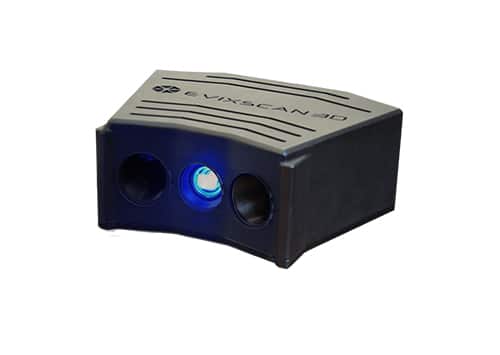Museums And Archaeology
Archaeological and historical research has long used advanced technologies to learn about and preserve the heritage of the past. One of the latest tools that has significantly influenced these fields is 3D scanners. These allow monuments and historical sites to be discovered and documented more accurately and precisely than ever before. In this article, we will look at how 3D scanners are used in archaeological and historical research.
3D scanners enable the creation of accurate three-dimensional models of monuments and artefacts. This allows their shape, texture and detail to be preserved in digital form, which is invaluable for monuments that may be deteriorating or destroyed.
In archaeological and historical research, the accuracy of measurements is crucial. 3D scanners allow precise measurement of artefacts, artworks and monuments, enabling more accurate analyses and reconstructions of the past.
In palaeontological research, 3D scanners help to accurately measure and document fossils and remains of prehistoric animals and plants. This allows for a better understanding of the evolution and history of life on Earth.
3D scanners are also used to restore cultural heritage. They can help reconstruct damaged monuments, works of art or other historical objects, bringing them to life in virtual reality.
With 3D scanners, historical heritage becomes more accessible to the public. Virtual museums and exhibitions can be created, allowing people to explore monuments and historical sites interactively.
In conclusion, 3D scanners are an indispensable tool in archaeological and historical research. They allow accurate documentation and reconstruction of the past, which contributes to the advancement of science and the preservation of cultural heritage for future generations.
Get to know our scanners
Quadro+
- two scanning ranges in one device
- ease of changing the range via software
- new vacuum cast housing
- short scanning time
- four cameras 9 and 12 Mpix
Optima+ M
- good value for money
- universal scanning range (objects from 7cm to 1m)
- support for the entire accessories portfolio
- easy integration with robots and cobots
- compact construction
FinePrecision
- high precision scanning of small objects
- very accurate reproduction of scanned surface
- scanning time below 1 second
- the ability to scan dark-surface objects
- compact design
WideRange 65
- high efficiency and accuracy for scanning large objects
- high scanning quality and accuracy with large working area
- short scan acquisition time
- easy integration with robots and cobots
- excellent value for money
If you need more information, please contact our specialist.
- eviXscan 3D SA
ul. Wiktora Przybyły 2
43-300 Bielsko-Biała






